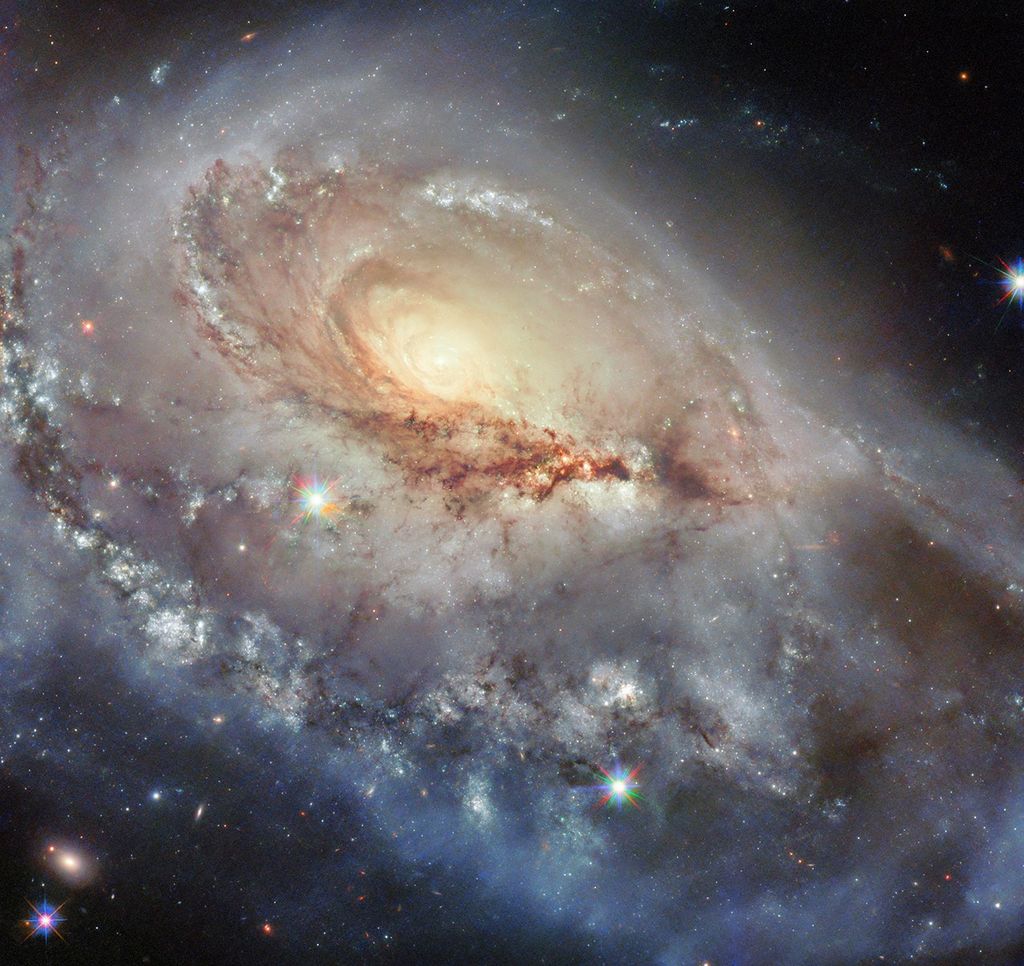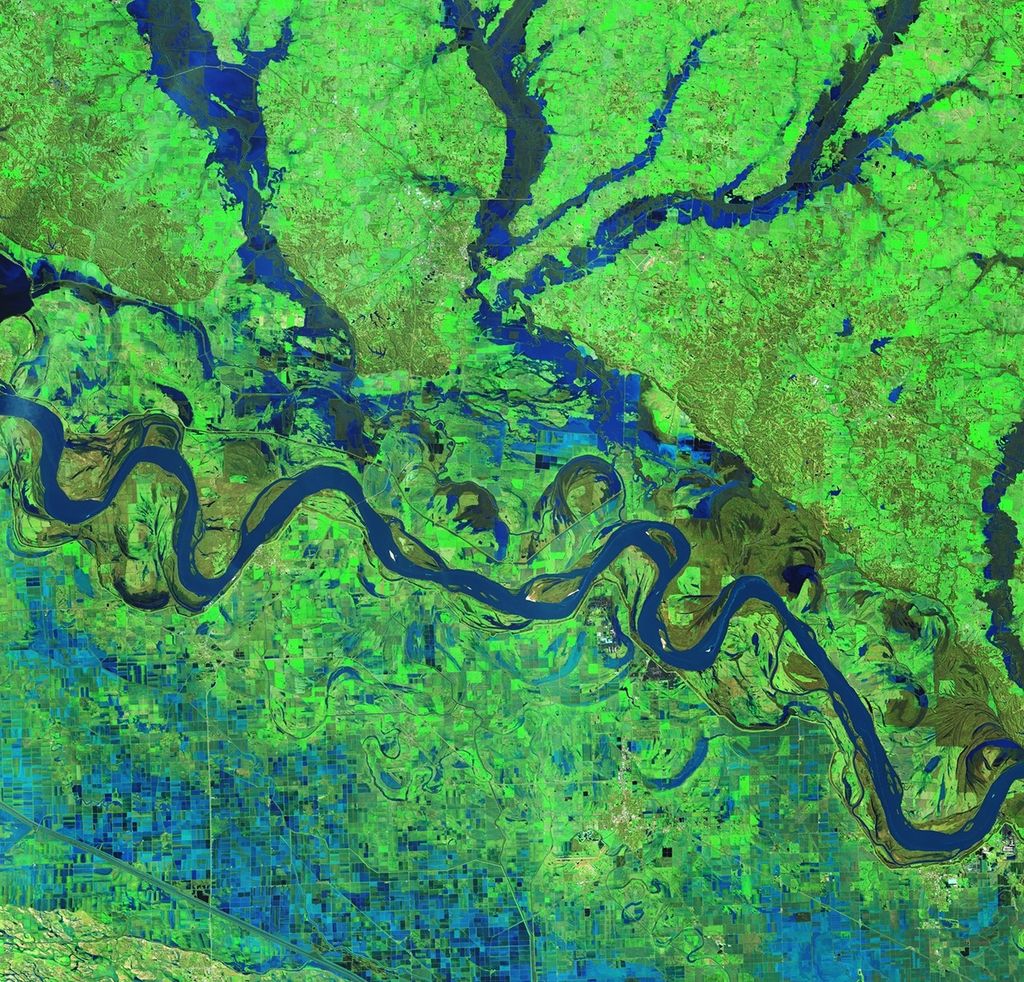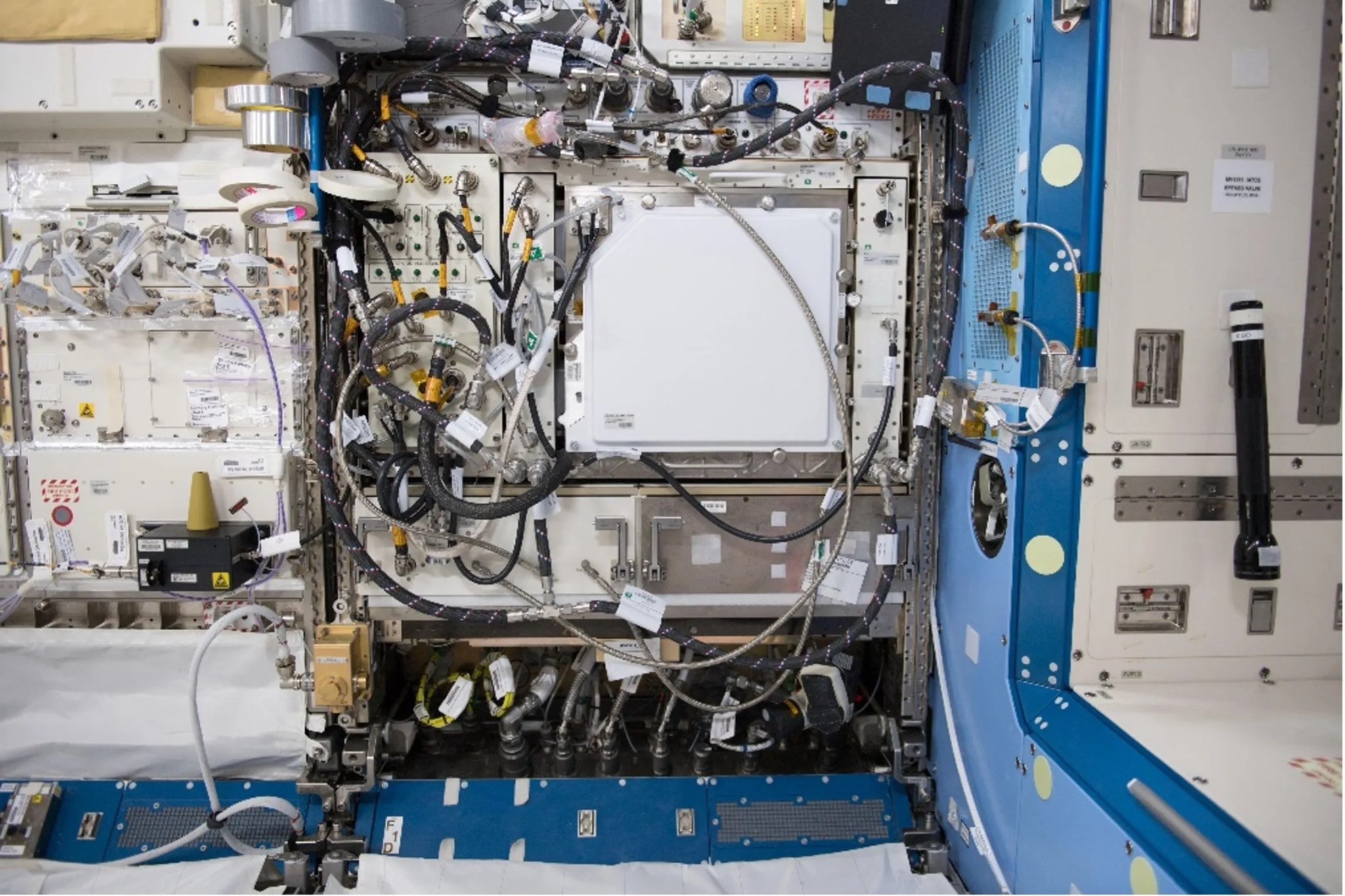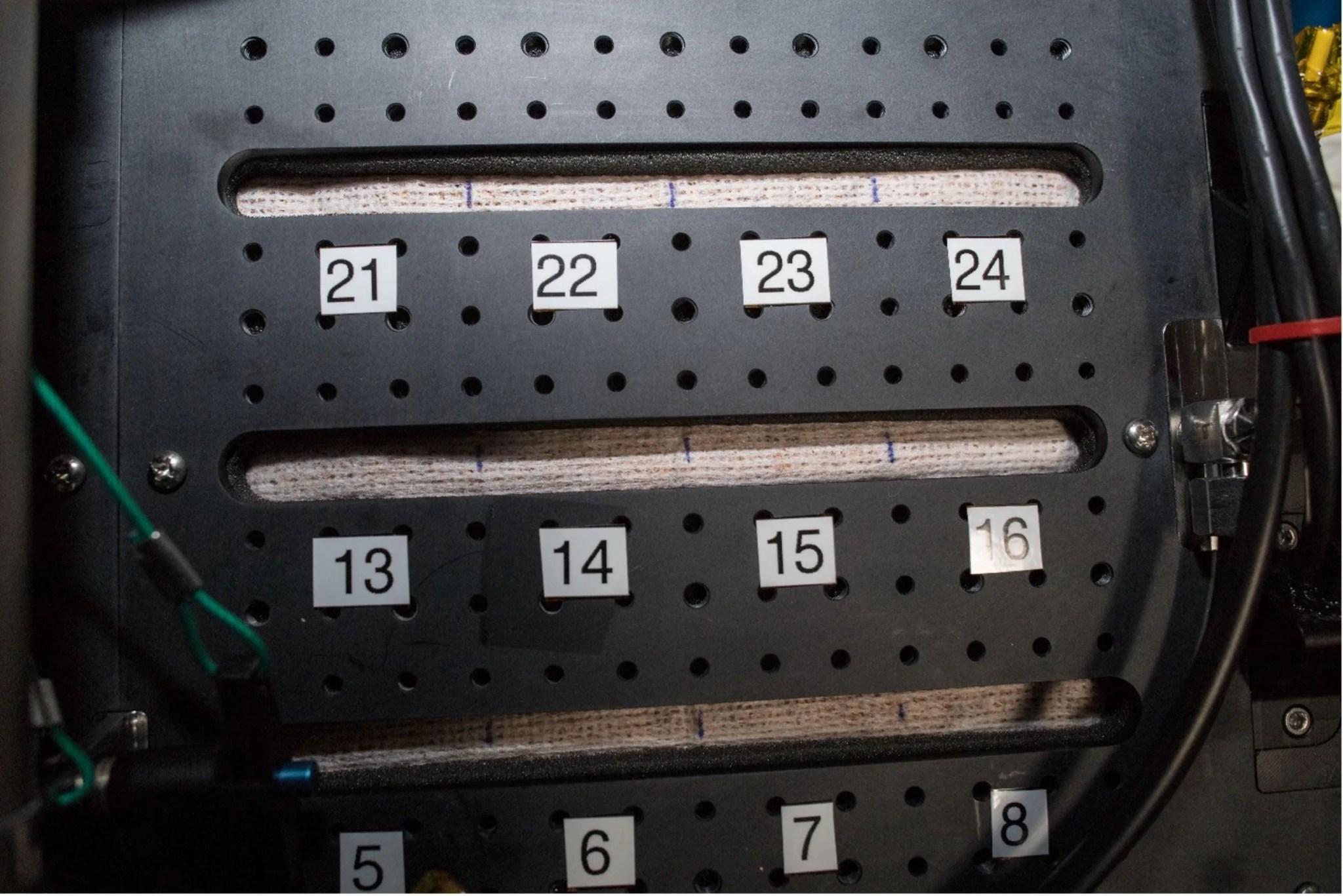An Integrated Omics Guided Approach to Lignification and Gravitational Responses: The Final Frontier (Plant Habitat-01)
Science Objectives
The space environment is stressful for all living organisms. Understanding how plants respond will help crews on future missions successfully grow plants for food and oxygen generation. An Integrated Omics Guided Approach to Lignification and Gravitational Responses: The Final Frontier (Plant Habitat-01) investigation comprehensively compared differences in genetics, metabolism, photosynthesis and gravity sensing between plants grown in space and on Earth. Results from this investigation provide key insights on major changes occurring in plants exposed to microgravity.
Status
Delivered to the International Space Station via Orbital ATK CRS-9.
Mission Description
An Integrated Omics Guided Approach to Lignification and Gravitational Responses: The Final Frontier (Plant Habitat-01) was a multi-omics study using the model plant Arabidopsis under both 1g and in microgravity conditions (spaceflight). The approach spanned comprehensive phenomics, metabolomics, transcriptomics and proteomics strategies. It incisively and uniquely melds this pioneering approach via deployment of an integrated computational biology (ICB) approach. Plant lines included wild type and various mutants. The latter, generated by the research team, have different cell wall reinforcing lignin amounts through manipulation of the multigene family encoding arogenate dehydratases, as well as others enhanced in carbon assimilation capacity, and combinations thereof. This investigation provides an unprecedented opportunity to investigate how plants function in altered gravity environments.
Space Applications
Like people, plants experience a wide range of physical and physiological changes in microgravity. This investigation studied system-wide changes in the model plant Arabidopsis to determine how microgravity affects photosynthesis, formation of their cell walls, growth/development and gene function. The ISS APH provides a laboratory for the comprehensive study of plant metabolism, transcription, protein production and much more. So, understanding these changes greatly benefits efforts to grow plants on future missions, whether for further exploiting the space environment, for fundamental research, long duration missions, or human colonization away from earth.
Earth Applications
The Plant Habitat-01 investigation provides unprecedented new insight into the molecular activities of plants. The investigation also gathers more information on the basic biological processes that enable photosynthesis, biomass production particularly building their cell walls, and storing and using water on Earth and in microgravity. Results could provide a greater knowledge of basic plant science, benefiting agriculture and all people on Earth. The study will provide baseline or reference multi-omics big data for NASA and the academy.































